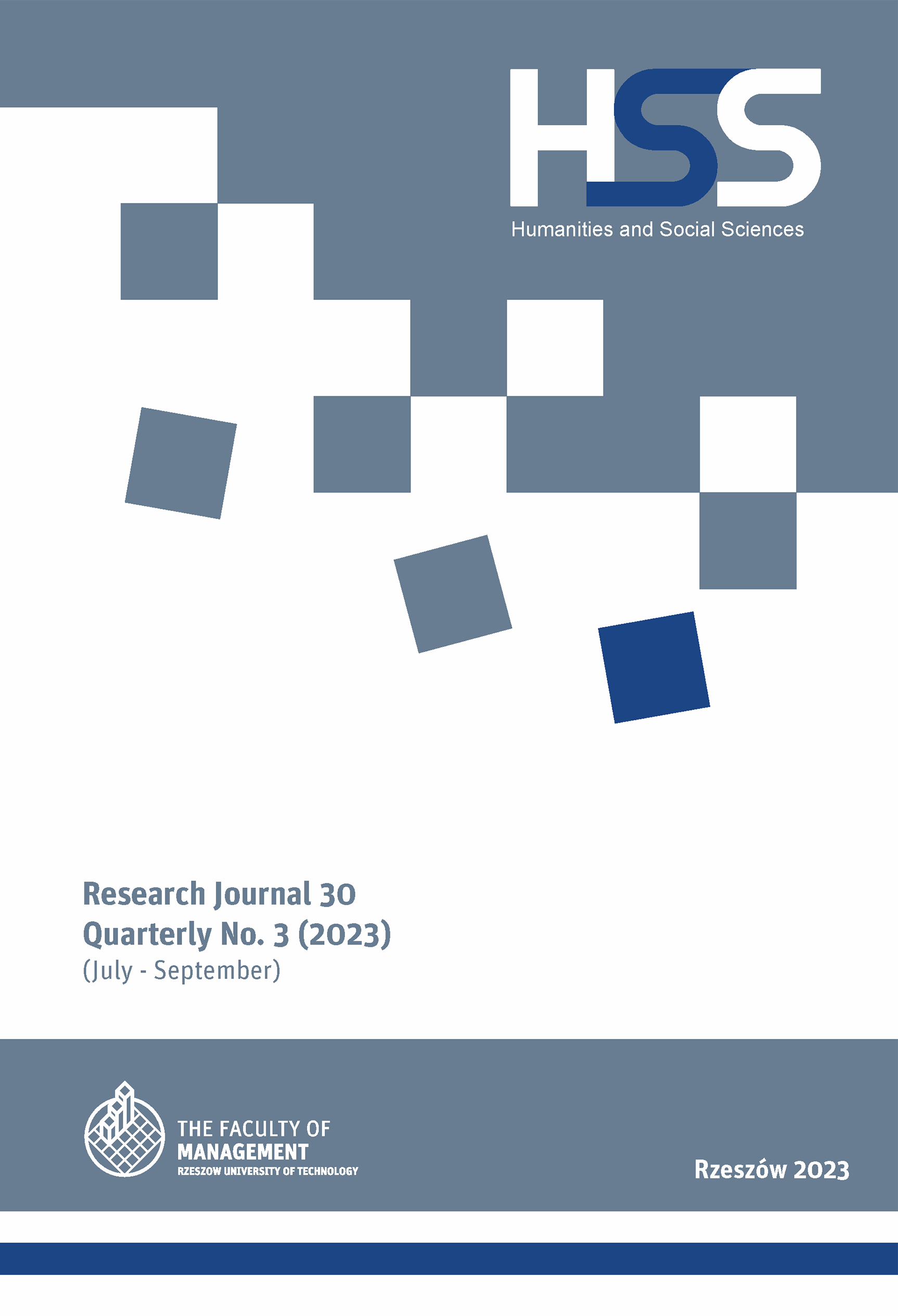Abstract
For years, the cost of capital in Poland has been among the highest in the EU. While in 2005–2015, interest rates on long-term loans for enterprises in Czechia and Estonia were at levels similar to Germany, in Poland, rates were always higher – in 2009–2013, even twice as high. Throughout the 18-year analysis period, enterprises in Poland paid 35% more interest than those in Czechia, and 41% more than in Estonia. Over the entire period, Polish enterprises paid PLN 57 bn more interest than if rates had been the same as in Czechia, PLN 74 bn more than in Estonia, and PLN 118 bn more than in Germany. This has resulted in higher debt among Polish enterprises, along with lower levels of innovation, creditworthiness, competitiveness, salaries, tax base, and investment profitability, and thus slower development and weaker future development prospects for the Polish economy.
References
Afanasieff, T.S., Lhacer, P.M., Nakane, M.I. (2002). The Determinants of Bank Interest Spread in Brazil. “Money Affairs”, Vol. XV, No. 2.
Almarzoqi, R., Naceur, S.B. (2015). Determinants of Bank Interest Margins in the Caucasus and Central Asia. “IMF Working Paper”, Vol. 15/87.
Berglöf, E., Bolton, P. (2003). The great divide and beyond – Financial architecture in transition. “CEPR Discussion Paper”, No. 3476.
Bengoa, M., Sanchez-Robles, B. (2003). Foreign direct investment, economic freedom and growth: new evidence from Latin America. “European Journal of Political Economy”, No. 19.
Brock, P.L., Rojas, L. (2000). Understanding the behavior of bank spreads in Latin America. “Journal of Development Economics”, Vol. 63(1).
Chowdhury, A., Mavrotas, G. (2006). FDI and growth: What causes what? “The World Economy”, No. 29(1).
Claessens, S., Law, A., Wang, T. (2018). How Do Credit Ratings Affect Bank Lending Under Capital Constraint. “BIS Working Papers”, Vol. 747.
Claeys, S., Van der Vennet R. (2008). Determinants of bank interest margins in Central and Eastern Europe: A comparison with the West. “Economic Systems”, Vol. 32(2).
Czech National Bank (2023). Non-financial corporations – loans up to 30 mil. CZK – total.
Dumičić, M., Ridzak, T. (2013). Determinants of banks’ net interest margins in Central and Eastern Europe. “Financial Theory and Practice”, Vol. 37 (1).
ECB (2023a). Euro Area Statistics. Bank Interest Rates – Loans.
—— (2023b). Euro-denominated loans for house purchase; total floating rate or initial rate fixation to euro area households (percentages per annum, rates on new business).
—— (2023c). Euro-denominated loans over €1 million; initial rate fixation of more than five years to euro area non-financial corporations (percentages per annum, rates on new business); for reasons of statistical confidentiality data are not available for all countries.
Eesti Bank (2023). Loans granted to non-financial corporations by credit institutions. Long-term loan (over 1 year).
European Mortgage Federation (2022). Quarterly Review of European Mortgage Markets.
Eurostat (2023a). Gross fixed capital formation (investments).
—— (2023b). Long term government bond yields.
Feyen, E., Huertas, I.Z. (2020). Bank Lending Rates and Spreads in EMDEs Evolution, Drivers, and Policies. “Policy Research Working Paper”, No. 9392.
IMF (2022). Fiscal Monitor.
Leszczyńska, M., Puchalska, K. (2019). Direct Foreign Investment as a Development Factor of the Economy and its Economic Security. “Humanities and Social Sciencess”, Vol. 26(2). DOI: 10.7862/rz.2019.hss.17.
Ministerstwo Finansów (2023). Zadłużenie sektora finansów publicznych – stan na III kwartał 2022 r.
Mohapatra, A. (2012). Study of the Performance and Credit Rating Scheme for Micro and Small Enterprises. Ministry of Micro, Small and Medium Enterprises. Access on the internet: https://msme.gov.in/sites/default/files/PCR_EN.pdf.
NBP (2023a). Kredyty i inne należności monetarnych instytucji finansowych od przedsiębiorstw niefinansowych.
—— (2023b). Średnie oprocentowanie nowych i renegocjowanych umów złotowych.
Redo, M. (2017). High public debt servicing costs for the agency model of debt management in Poland. “Law and Administration in Post-Soviet Europe”, Vol. 1. DOI: 10.1515/lape-2017-0004.
—— (2018). Znaczenie skuteczności polityki pieniężnej dla bezpieczeństwa państwa. Toruń: Wydawnictwo Adam Marszałek.
Redo, M., Gębska, M. (2020). Globalization in Growing Financial Markets as a Threat to the Financial Security of the Global Economy. “European Research Studies Journal”, Vol. 23. DOI: 10.35808/ersj/1764.
Riess, A., Wagenvoort, R., Zajc, P. (2002). Practice makes perfect: a review of banking in Central and Eastern Europe. “European Investment Bank Papers”, Vol. 7.
Santos, C. (2013). Bank interest rates on new loans to non-financial corporations – one first look at a new set of micro data. Economic Bulletin and Financial Stability Report Articles and Banco de Portugal Economic Studies.
Santos, J., Winton, A. (2019). Bank Capital, Borrower Power, and Loan Rates. “The Review of Financial Studies”, Vol. 32(11).
Shankar, S. (2019). The Role of Credit Rating Agencies in Addressing Gaps in Micro and Small Enterprise Financing: The Case of India. “Asian Development Bank Institute Working Paper”, No. 931.
Standard&Poor’s (2022). Sovereign Risk Indicators, as of 12.12.2022.
Treacy, W.F., Carey, M. (2000). Credit risk rating systems at large US banks. “Journal of Banking & Finance”, Vol. 24(1–2).
Żukrowska, K. (2012). Harnessing globalization, czyli ujarzmianie globalizacji jako motor na rzecz rozwoju. Warszawa: Oficyna Wydawnicza SGH.
—— (2016). Otwarcie. Konkurencyjność. Wzrost. Warszawa: SGH.


